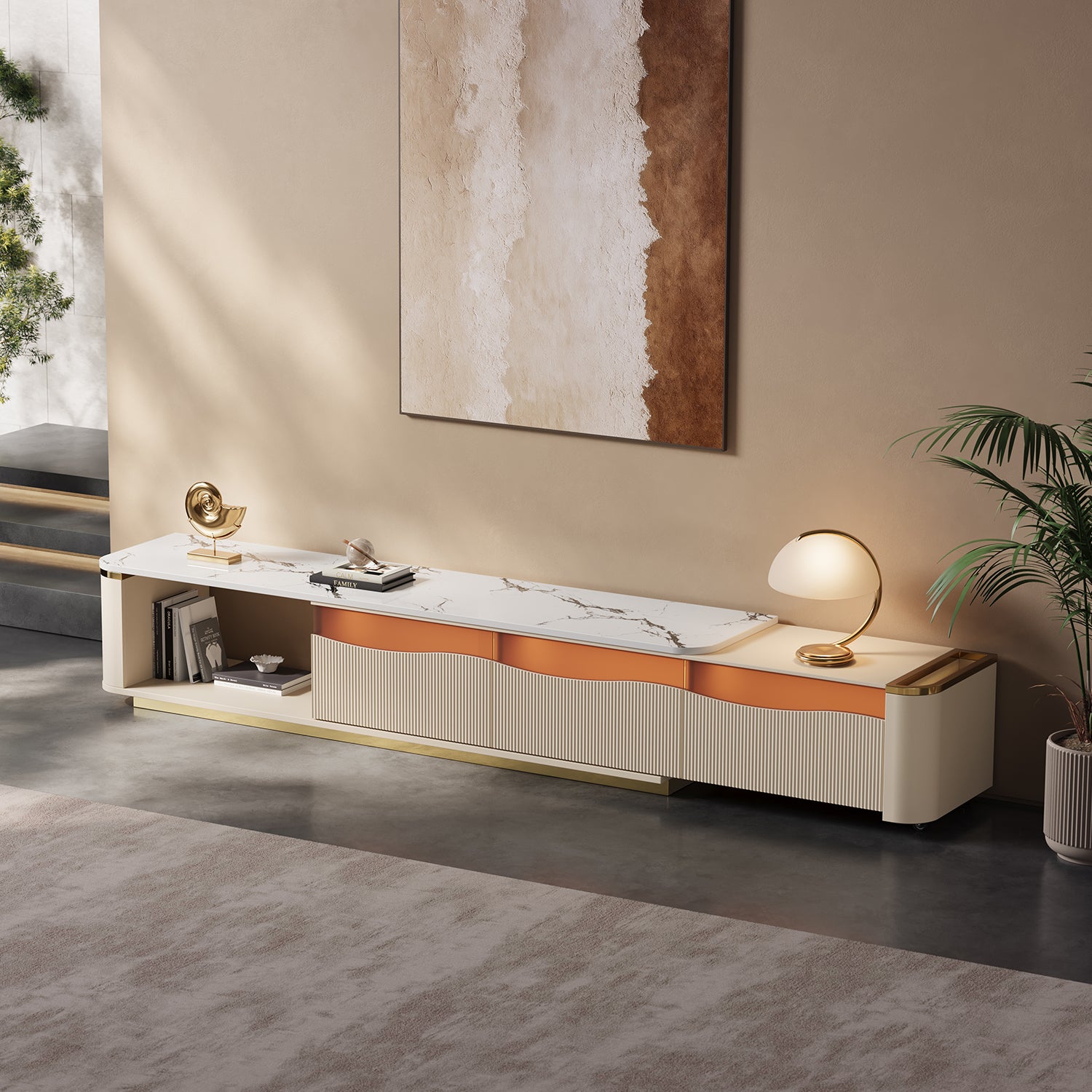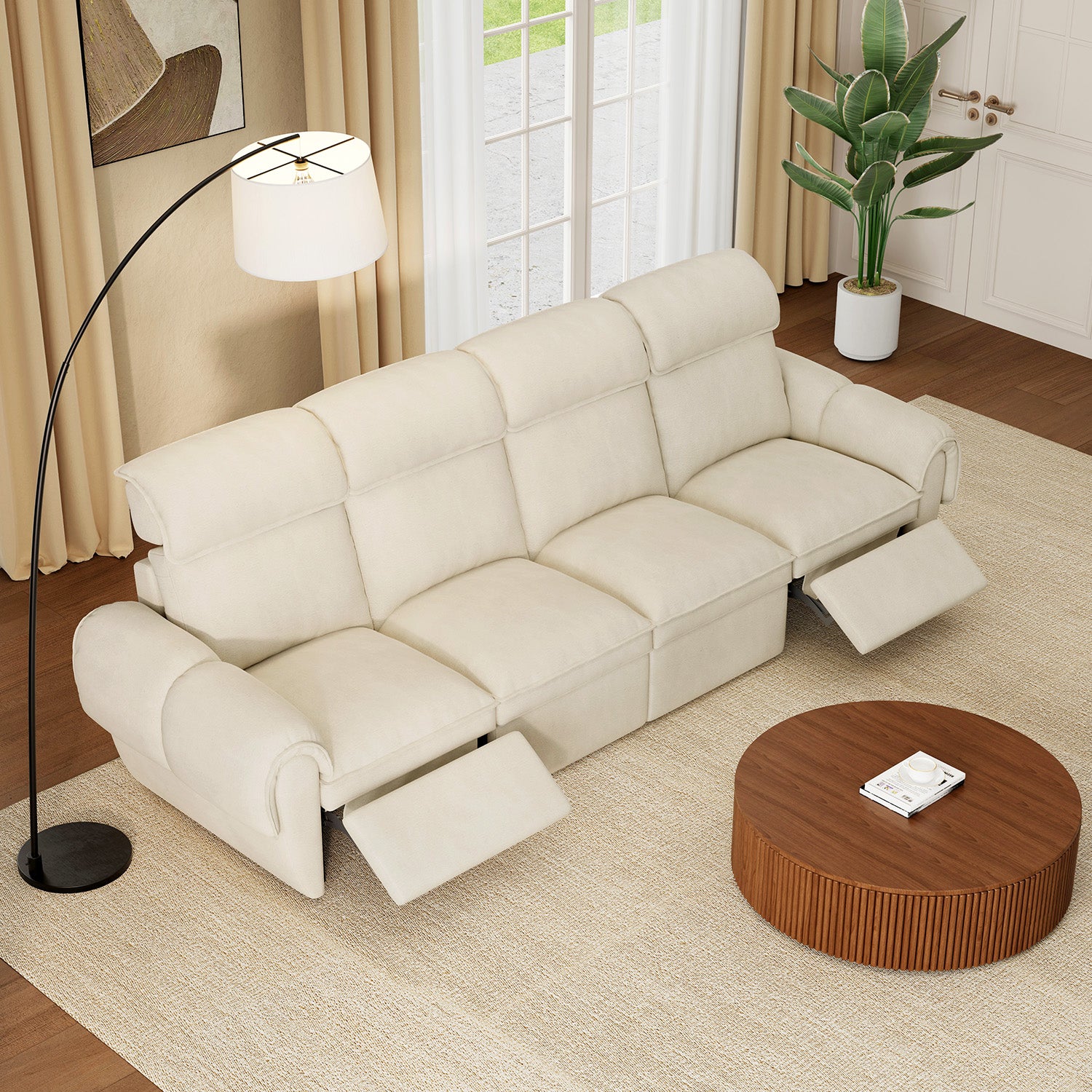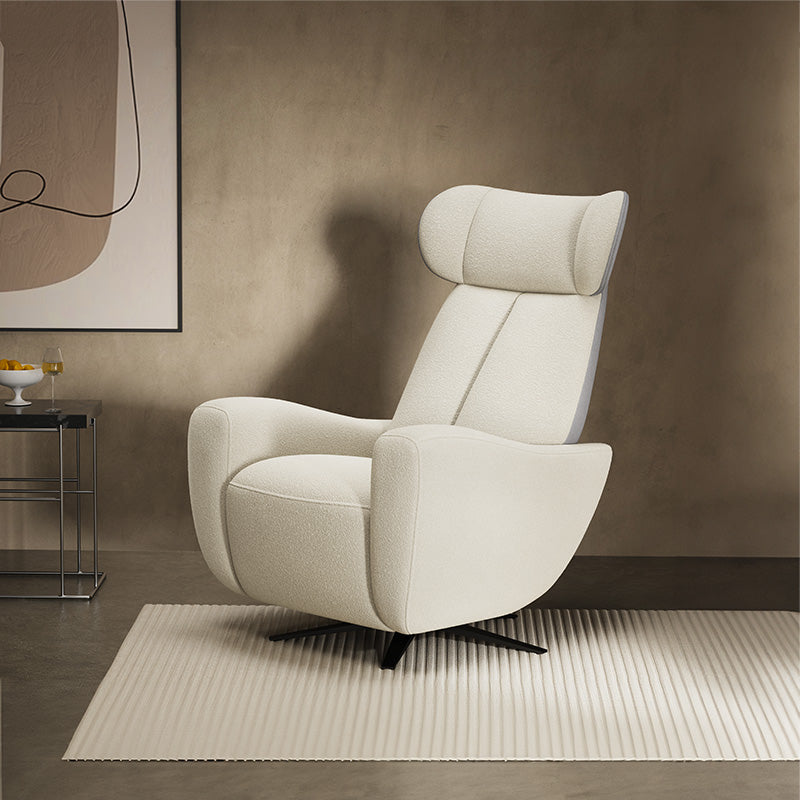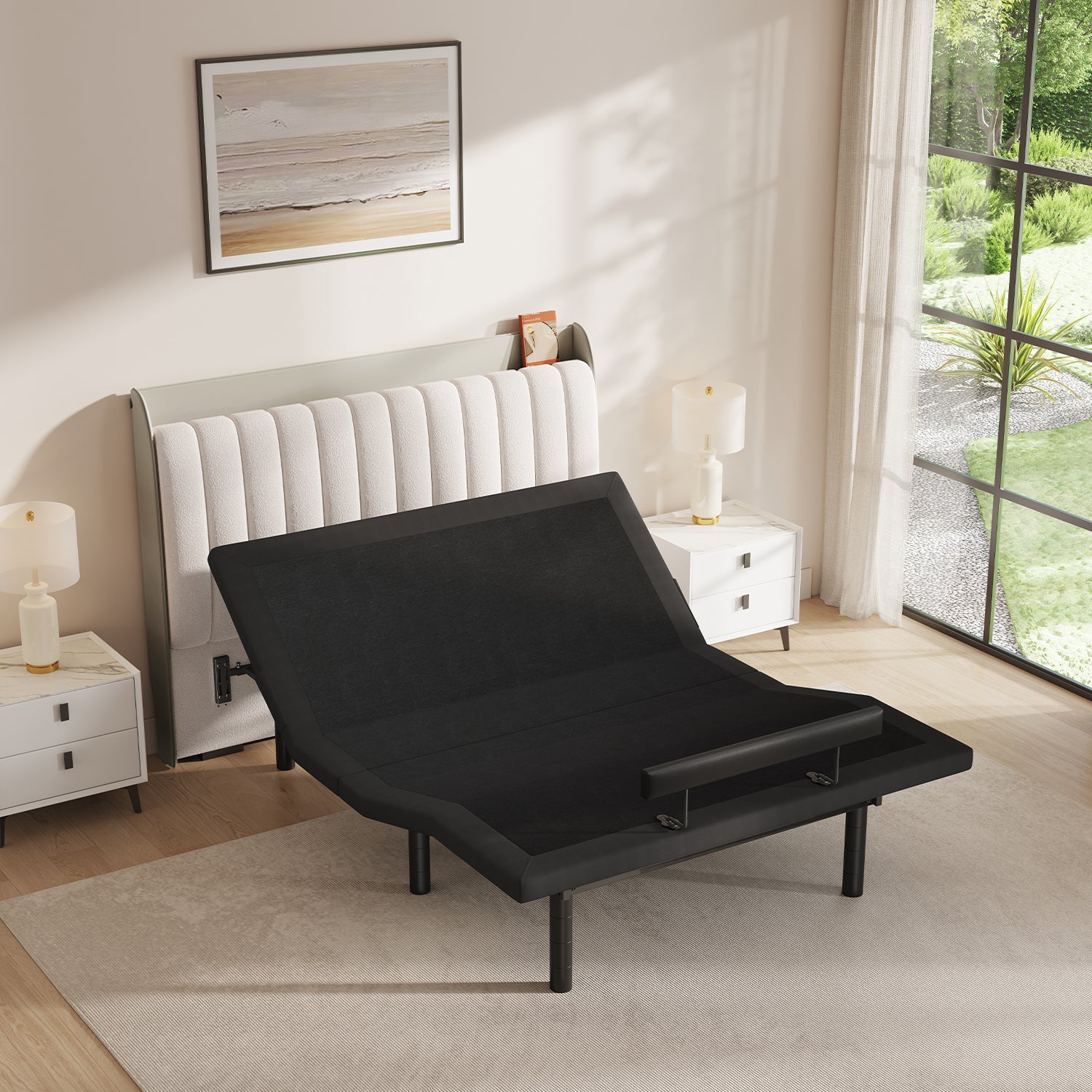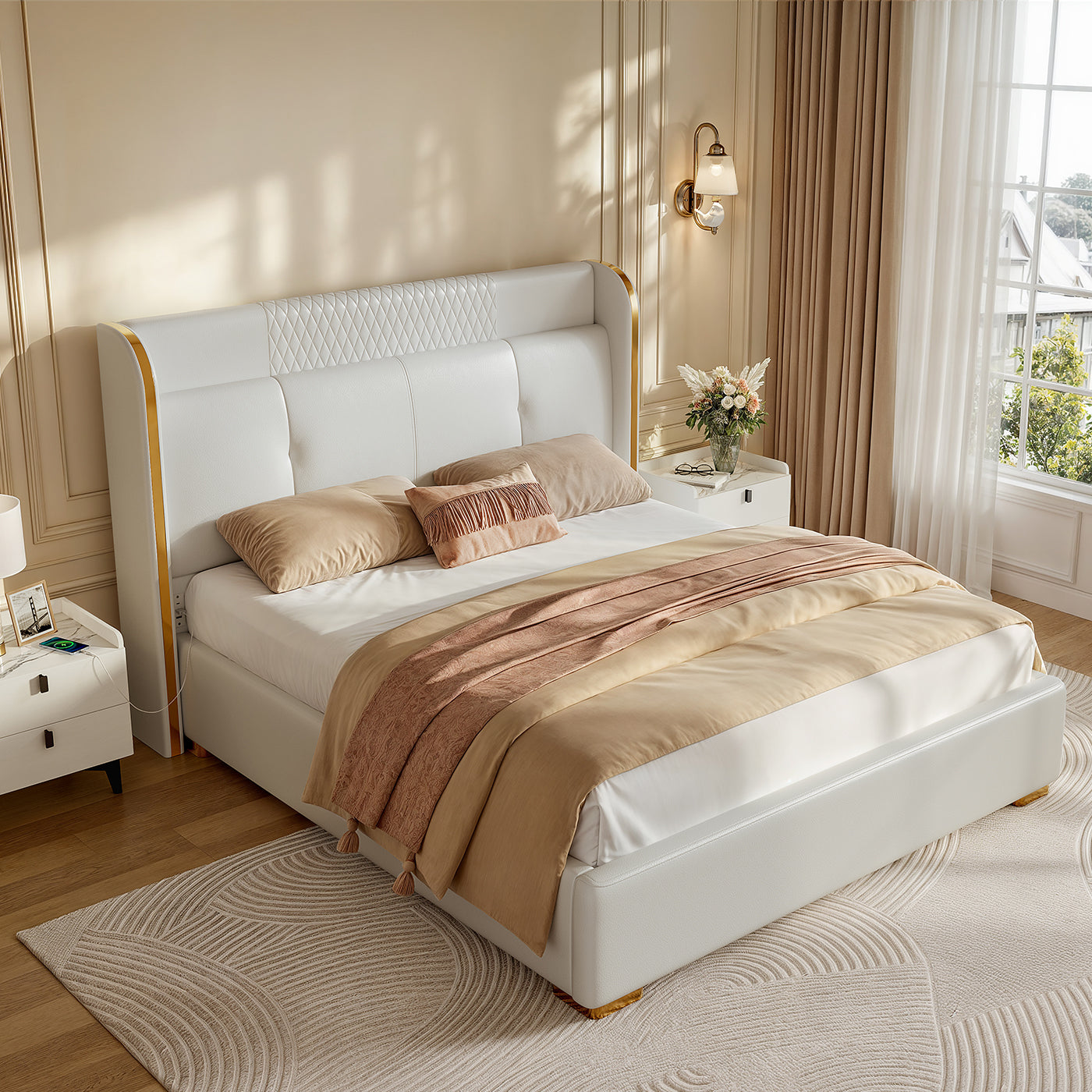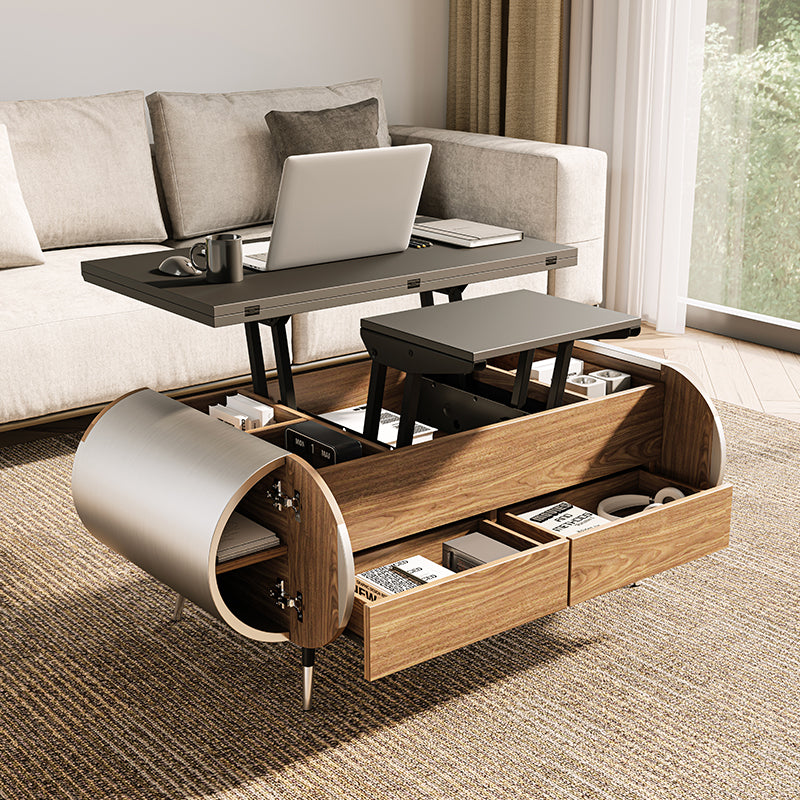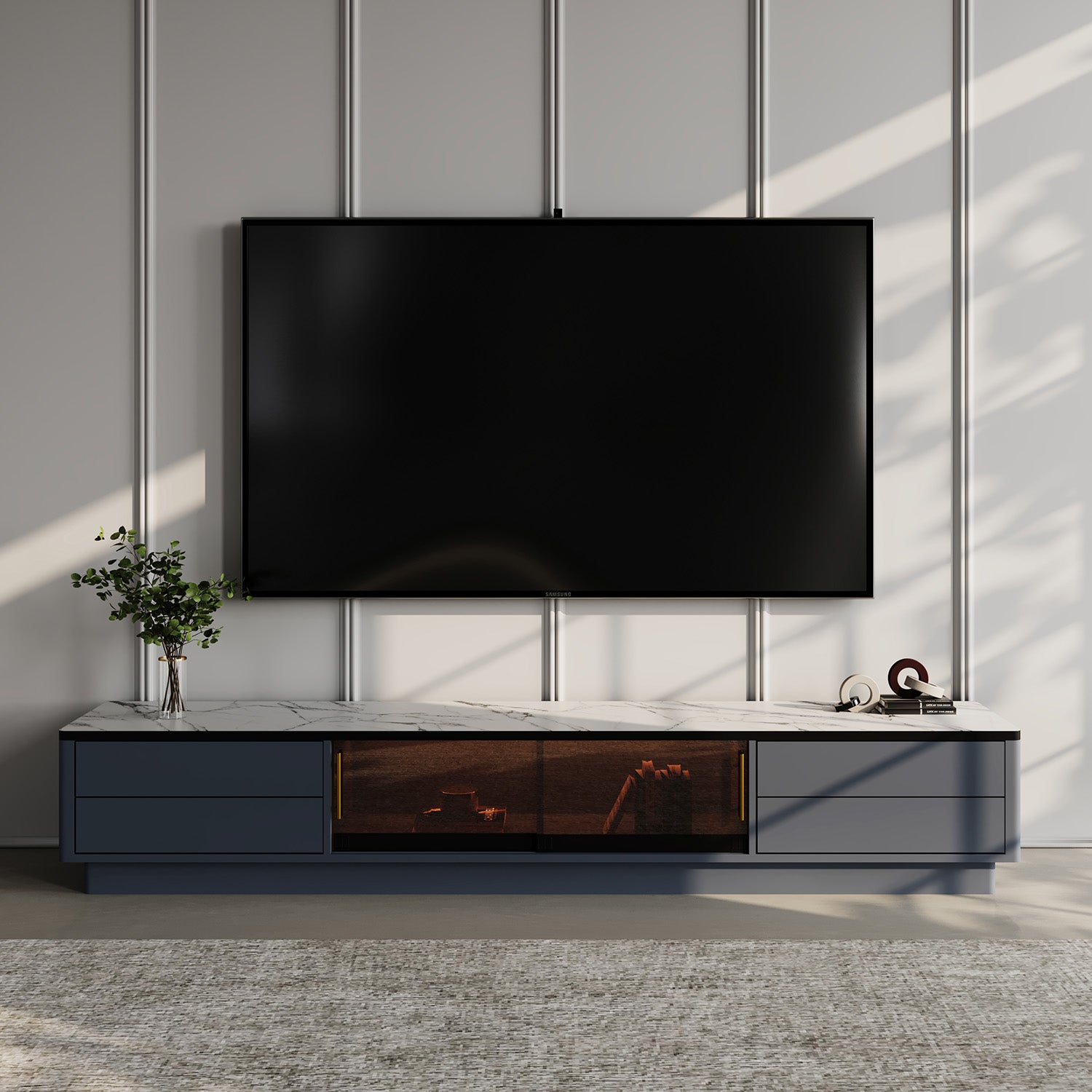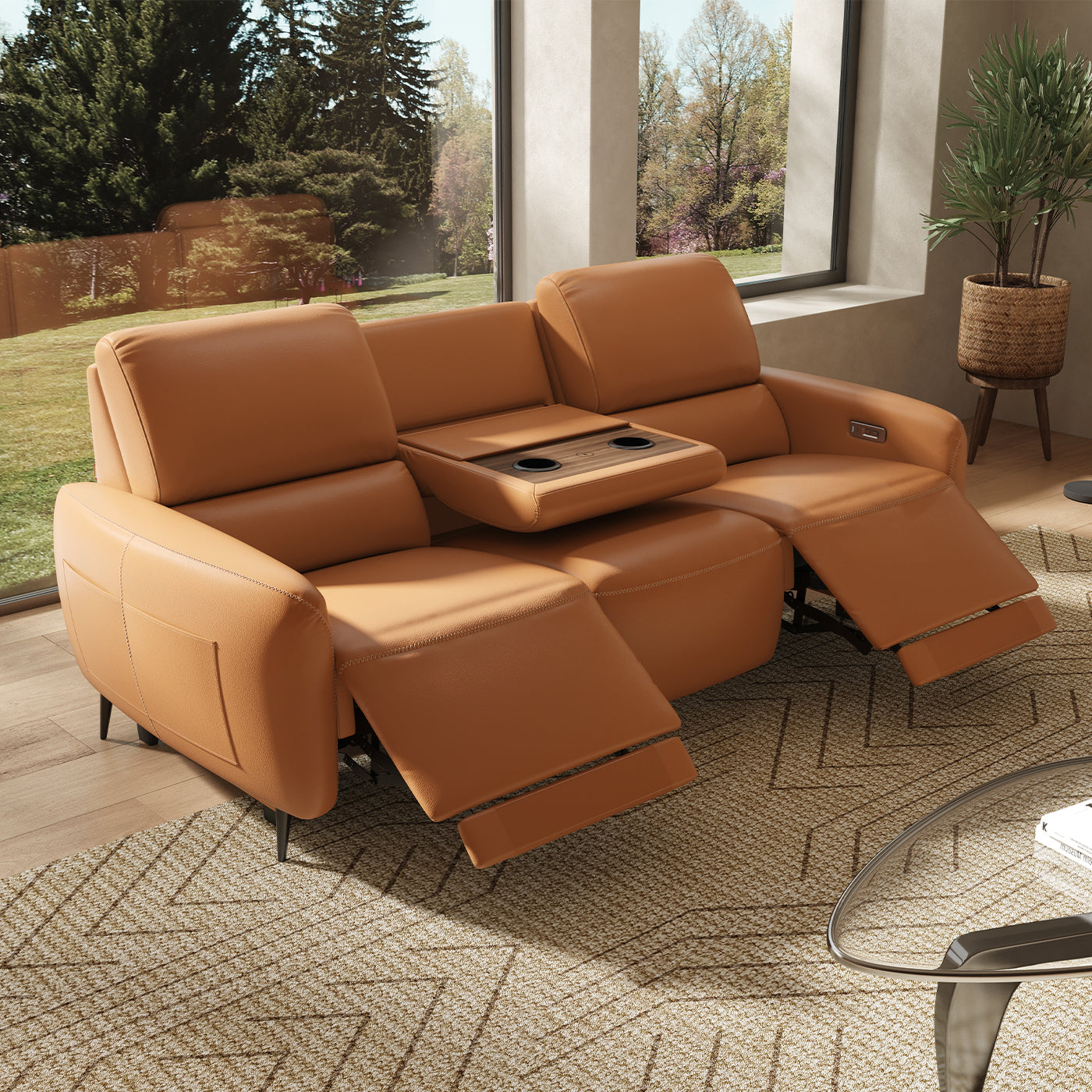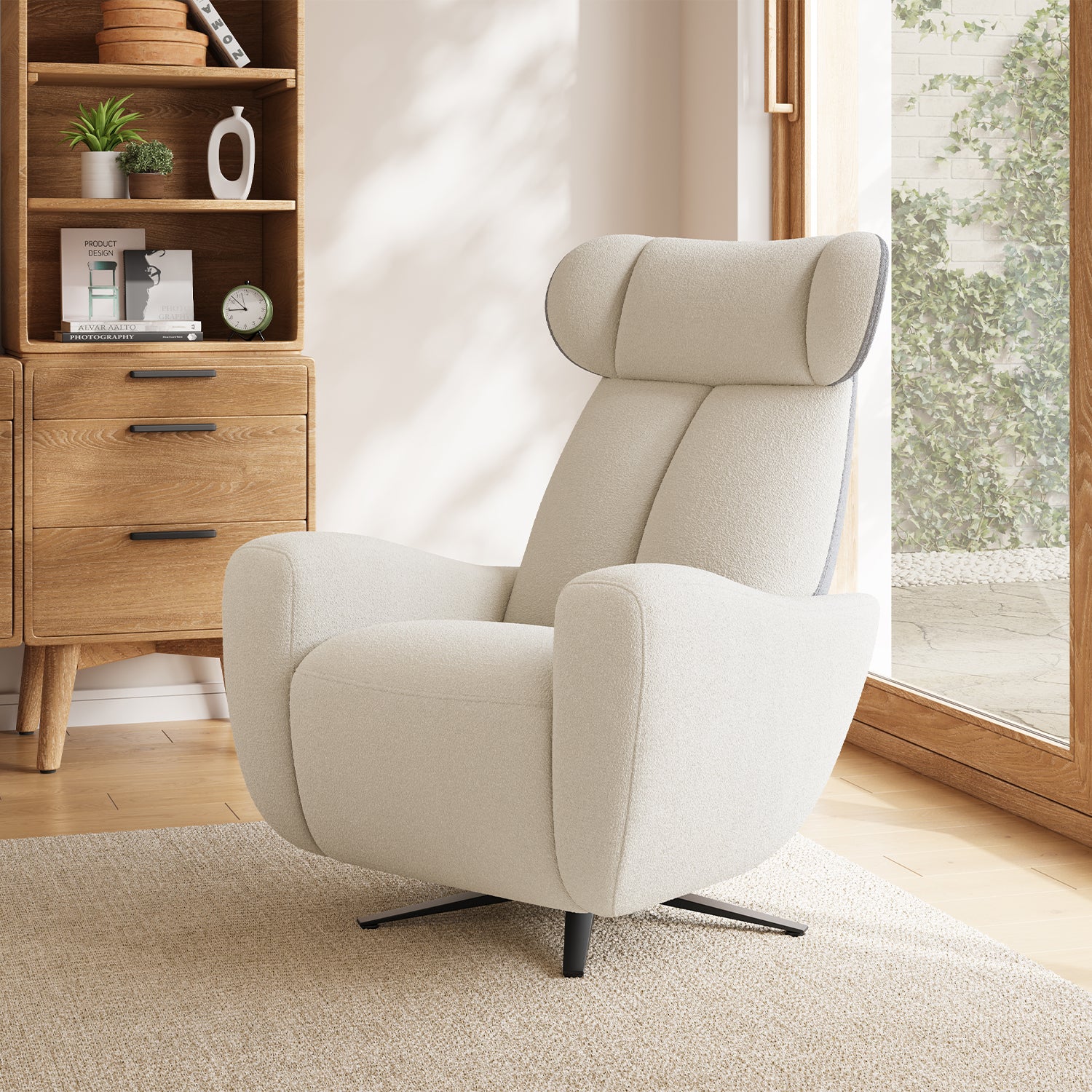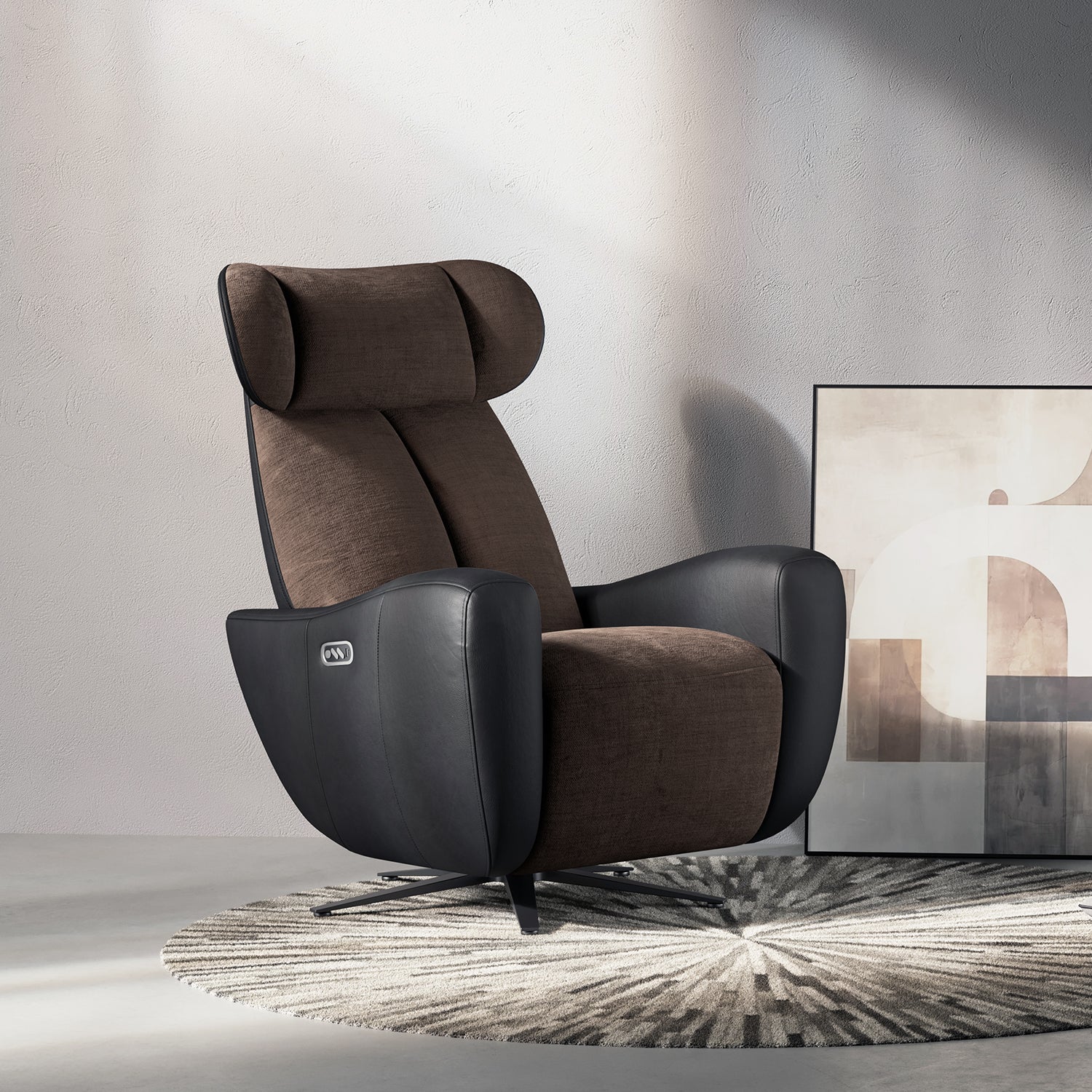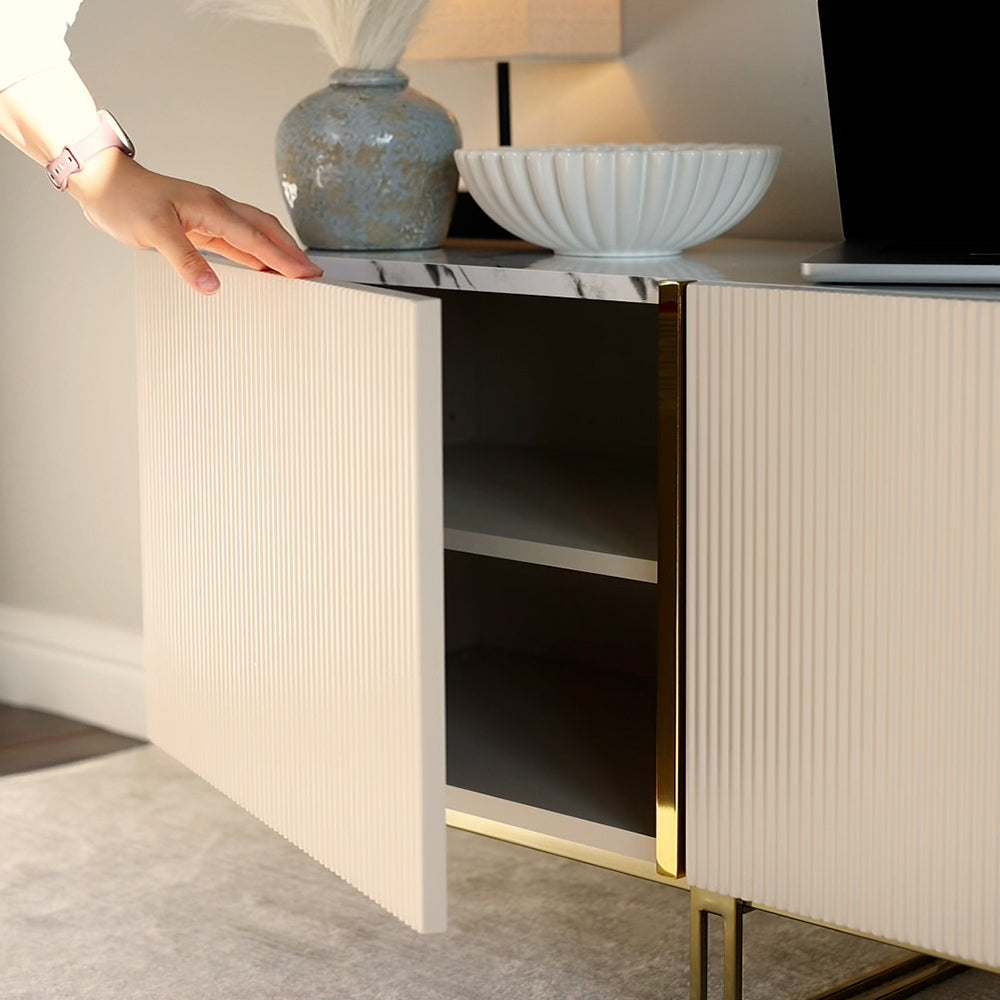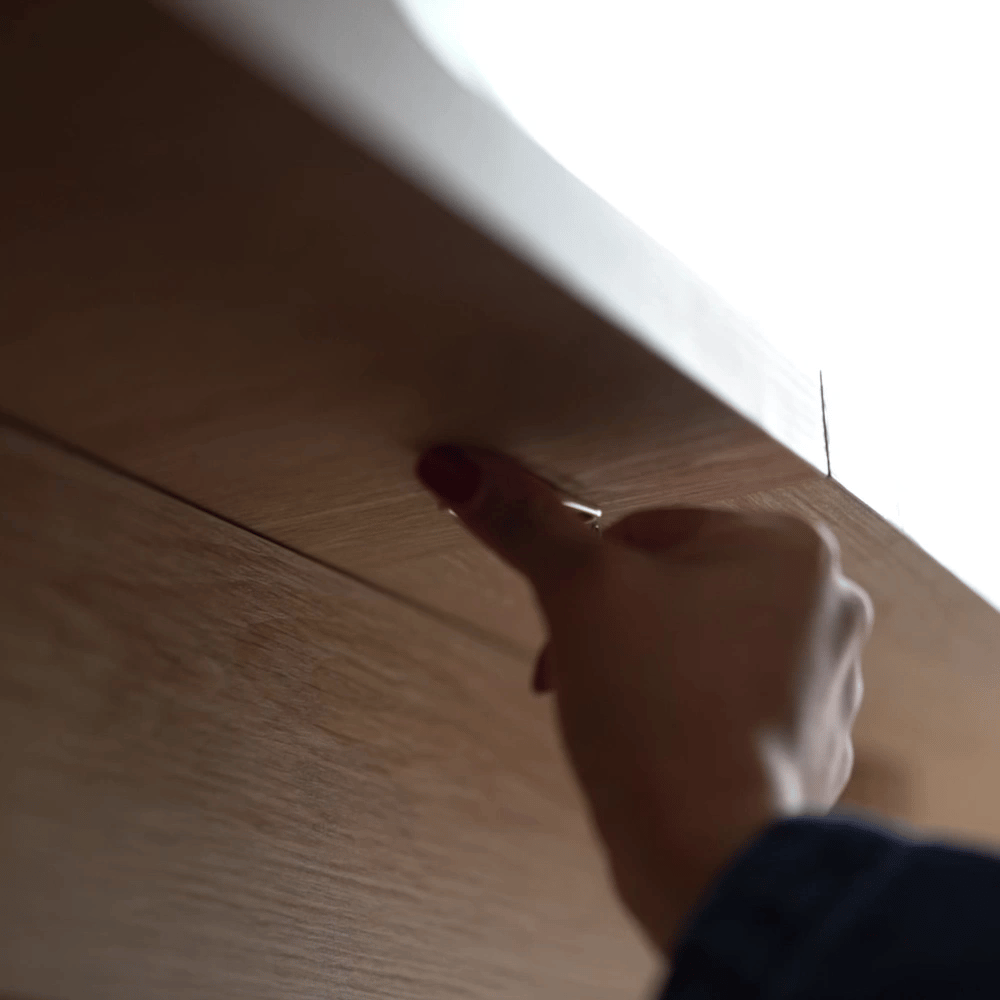A sleeper couch is an invaluable piece of furniture, especially in homes with limited space or for those who frequently host guests. This versatile piece can serve as both a seating area during the day and a comfortable bed at night. Building your own sleeper couch can save you money and give you the flexibility to design a piece that perfectly suits your space and style. While building a sleeper couch may seem like a challenging task, it’s entirely possible with the right tools, materials, and instructions. In this guide, we’ll walk you through how to build a sleeper couch, step by step.
Table of Content
Materials You’ll Need:
- Wooden boards (for the frame and platform)
- Plywood (for the base of the couch and the mattress support)
- Foam mattress (choose a thickness that suits your comfort preference)
- Couch cushions (for the backrest and armrests)
- Screws and wood glue
- Drill and screwdriver
- Measuring tape
- Circular saw (or handsaw)
- Upholstery fabric (optional, for covering the cushions and frame)
- Foam for cushioning (for the seat, backrest, and armrests)
- Metal sleeper mechanism (or a foldable mattress mechanism)
- Hinges (for fold-out functionality)
- Staple gun (for attaching fabric)
- Sandpaper or sander
Step 1: Plan and Measure
Before diving into the build, it’s essential to decide on the dimensions of your sleeper couch. Measure the available space where the couch will sit and determine how large or small you want the sleeper bed to be. A typical full-size mattress is around 54 inches wide and 75 inches long, but this can vary depending on your needs. You’ll also need to decide on the height of the couch and the depth of the cushions for both comfort and aesthetics.
Tip:
Consider the height of the sleeper bed when it’s unfolded. You don’t want it to sit too high or low when in use.
Step 2: Build the Couch Frame

The first step in building your sleeper couch is constructing the frame. You’ll want a sturdy, rectangular frame that can support the mattress, as well as the foldable mechanism. Begin by cutting four long pieces of wood for the sides of the couch and two shorter pieces for the front and back.
1. Assemble the rectangular base:
Attach the side pieces to the front and back pieces using wood screws and wood glue. This should create a sturdy rectangular frame.
2. Add cross supports:
For extra stability, install a few cross supports (horizontal pieces) inside the frame. These supports will help distribute the weight of the mattress evenly.
Tip:
If you’re using plywood for the base, make sure to measure and cut it to fit snugly within the wooden frame. Secure the plywood with screws.
Step 3: Build the Platform and Folding Mechanism
Now that the base is assembled, it’s time to add the folding platform mechanism. This is what will allow the mattress to fold up into the couch when not in use.
1. Install the folding mechanism:
There are a few different ways to do this, depending on your design. You can use a folding metal sleeper mechanism, which is commonly found in sleeper sofas. These metal frames have hinged sections that allow the mattress to fold up and unfold easily. Alternatively, you can use hinges to attach the mattress platform to the frame, allowing it to fold up when the couch is used and unfold when needed as a bed.
2. Ensure smooth operation:
Test the folding mechanism to ensure it operates smoothly. The platform should lock into place when in the couch position and easily fold out into the bed position.
Step 4: Build the Backrest and Armrests
The backrest and armrests are what give your sleeper couch its look and comfort. These can be made from similar wood as the frame, and they should be designed for easy assembly.
1. Backrest:
Cut the backrest pieces to the desired height and width, ensuring it provides enough support when sitting. Attach these pieces to the back of the frame using screws. You can opt for a simple, straight backrest, or create a more padded look by adding extra wood and foam for cushioning.
2. Armrests:
Similarly, cut and attach the armrests to both sides of the frame. These can be simple vertical pieces, or you can create a boxy design for added storage underneath.
Tip:
If you want to make your couch even more functional, consider building storage into the armrests. You can add a hinged lid to create hidden compartments for storing blankets, pillows, or other items.
Step 5: Add the Mattress and Cushions
With the frame and structure of the sleeper couch complete, it’s time to add comfort. Choose a foam mattress (or a thick mattress pad) that fits within your frame when the couch is in the seated position. This will serve as the sleeping surface when the couch is unfolded.
1. Mattress Support:
Install a piece of plywood across the base of the frame to support the mattress. This plywood should be sturdy enough to hold the mattress while providing a stable surface.
2. Cushion the backrest and armrests:
Cut foam to fit the dimensions of the backrest and armrests. Cover the foam with upholstery fabric that matches your decor. Attach the foam and fabric using a staple gun for a tight and smooth finish.
3. Covering the mattress:
If your mattress is not already covered, consider upholstering it with a fabric that complements the rest of your couch. This will help tie the entire piece together and give it a cohesive look.

Step 6: Final Touches and Upholstery
To give your sleeper couch a polished look, apply your chosen upholstery fabric. You can either upholster the entire frame or just the cushions, depending on your design.
1. Upholster the frame:
If you plan to upholster the couch frame, measure and cut the fabric to fit. Use a staple gun to secure the fabric tightly to the underside of the frame, pulling it taut as you go.
2. Add decorative elements:
Consider adding throw pillows or a blanket for extra comfort and style. You can also add legs to elevate the couch or leave it without legs for a more grounded, industrial look.
Step 7: Test and Adjust
Once the couch is assembled and upholstered, test the sleeper functionality. Ensure that the folding mechanism works smoothly and that the mattress provides enough support. Make any necessary adjustments to the frame, cushions, or mattress to ensure comfort and ease of use.
Conclusion
Building a sleeper couch can be a rewarding DIY project that results in a functional and stylish piece of furniture. With the right materials, tools, and a bit of patience, you can create a couch that serves both as a comfortable place to sit and as an extra bed for guests. Whether you’re furnishing a small apartment, a guest room, or simply looking to add a custom touch to your home, a sleeper couch is a practical and space-saving solution that can be tailored to fit your unique needs.


